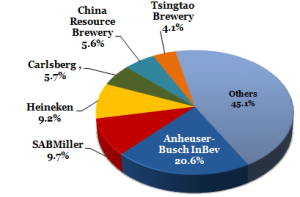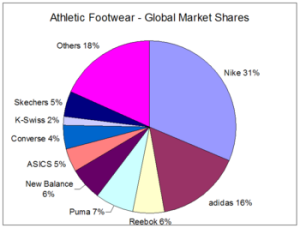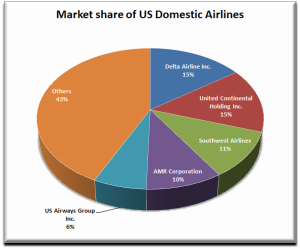Concentration Ratios
It is not just the number of firms in the industry, but the extent of the market power that they are able to exert on the market. The grocery market in the UK is worth £ 177.5 billion. It is made up of 92,796 grocery stores. However, the industry is dominated by four companies who account for around 71% of all sales in that sector. These four companies, Asda, Tesco, Sainsbury’s and Morrisons, have a considerable degree of market power compared to a small village grocery store.
Many industries these days have very big firms who have a great deal of market power. Banking, pharmaceuticals, music and entertainment (for example, cinemas), electrical goods, and financial products like insurance and pensions, are all examples of industries where a relatively small number of firms account for a large proportion of the total sales of the industry.
Market concentration is one way of assessing the market power of dominant firms in a particular market. Market concentration can be defined as the extent or degree to which a small number of firms account for a relatively large percentage of the market. Industry or Market concentration (also often referred to as seller concentration) measures the relative position of large enterprises in the provision of specific good. It is calculated by addin the percentage of market share owned by the largest firms in a particualr market. It can be calculated for, for example the three largest firms in the market.
Example
Firm 1 has a 25% market share
Firm 2 has a 16% market share
Firm 3 has a 14% market share
25+16+14 = 55%
The three largest firms in the market have a 55% market share. This figure would suggest a a signifanct market concentration.
Task
Calculate the four firm concentration ratio for the following markets


